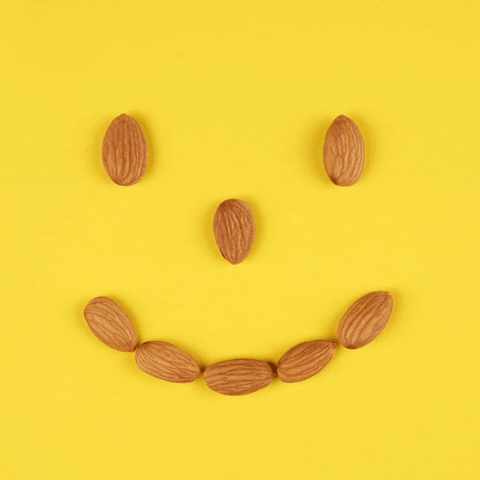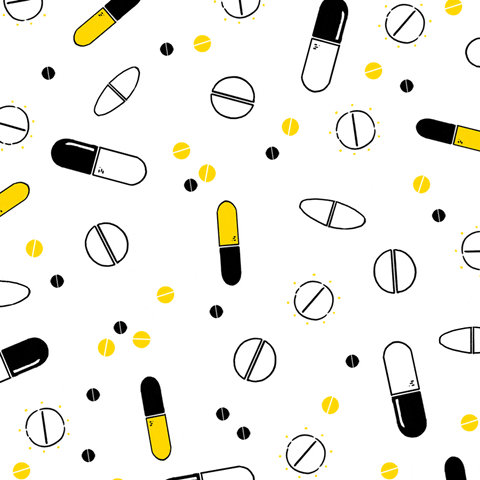
Published on Nov 06, 2023
Last modified on Nov 20, 2023
Protein During Menopause: How Much Do We Really Need?
4 min read

A quick Google search of “nutrition during menopause” yields a whopping 45,000,000 results. We’re told what to eat and what to avoid; we’re bombarded with more recipes than we could make in a lifetime; and we’re lured into clicking the “I tried [insert diet] for [insert amount of time], here’s what happened”-type articles. (Spoiler alert: it’s never as dramatic as it seems.)
Needless to say, there’s a LOT to sift through, and it’s difficult to know what and who to trust…especially when it comes to something like protein intake during the menopause transition. We’re setting the record straight…
Back to basics: what IS protein?
Proteins are complex molecules that…long story short…help the body do its work. They’re composed of amino acids — or chemical “building blocks” — that the body uses for various functions, including:
- Building and repairing muscle tissue
- Supporting bone health
- Generating hormones and enzymes
- Generating energy
Benefits of a high-protein diet during the menopause transition
Promotes lean muscle mass & bone strength
After age 50, postmenopausal women are at an increased risk for sarcopenia (loss of skeletal muscle) and osteoporosis (significant bone loss), both of which increase the risk of falls and fractures. Adequate protein intake — combined with vitamin D and calcium intake, regular physical activity incorporating resistance training, and, if appropriate, hormone treatment – can help promote lean muscle mass and build strength which reduces our risk of sarcopenia and osteoporosis.
Helps stabilize blood sugar and energy levels
Protein-rich diets help stabilize blood sugar and energy levels, which can help in the management of several common perimenopause and menopause symptoms:
- Dizziness: to avoid drops in blood sugar, it’s important to have high-protein snacks at the ready like packs of raw almonds or carrots and hummus
- Fatigue: to keep energy levels up, we should focus on getting sufficient supplies of whole, unprocessed foods with adequate protein and healthy fats, especially at breakfast…we recommend oatmeal with seeds, yogurt with nuts, or a spinach omelet
Supports healthy, strong hair
Many women will notice some degree of hair loss or thinning during menopause. While female pattern hair loss (or FPHL for short) can begin any time after the onset of puberty, it often starts in our 40s and 50s.
Collagen — the most abundant protein in the body (although not a “complete” protein) — plays a role. Our bodies naturally produce it, and certain foods such as bone broth are chock-full of it. Some opt to also take it in supplement form to support healthy, strong hair, and there’s some evidence that it can help. It works by providing essential amino acids that build keratin, the hair’s primary protein. It also helps fight damage to hair follicles and may help prevent age-related thinning.
READ MORE: No, Menopausal Hair Loss *Isn’t* Permanent. Here’s Why.
How much protein does a perimenopausal or menopausal woman need per day?
In the U.S., the Recommended Dietary Allowance (RDA) for protein is 0.36 grams per pound of body weight (or 0.8 grams per kilogram of body weight) for adults. Here’s a helpful protein calculator you can use. However, as a rule of thumb, Lisa Luehman — a board-certified Family Nurse Practitioner with a focus in obstetrics and gynecology, weight management, and gynecologic oncology — generally recommends 60-70 grams of protein per day for her patients – and not in excess of 100 grams. This breaks down to about 20 grams per meal.
IMPORTANT: Nothing about nutrition is one-size-fits-all, and recommendations will change based on activity level, health goals (i.e. weight loss, weight gain), body composition, and more. Be sure to consult a dietitian or nutritionist for personalized guidance on protein needs.
Best sources of protein
Animal proteins are generally considered higher quality proteins because many contain all nine essential amino acids. Options include:
- Chicken: 27g protein per 3-ounce serving of chicken breast
- Beef: 22g protein per 3-ounce serving of 93% lean ground beef
- Greek yogurt: 20g protein per 7-ounce serving
- Fish: 19g protein per 3-ounce serving of salmon
- Cottage cheese: 12g protein per 1/2-cup serving of low-fat cottage cheese
- Eggs: 6g protein per egg
That said, there are plant proteins that vegans and vegetarians can eat to meet their requirements — including nuts, seeds, beans, legumes, and certain whole grains — although many may be less efficiently absorbed than animal proteins.
- Chickpeas: 39g protein per 1 cup cooked chickpeas
- Soybeans: 29g protein per 1 cup boiled soybeans
- Lentils: 18g protein per 1 cup of boiled lentils
- Pumpkin seeds: 12g protein per 1-cup serving
- Almonds: 7g protein per 1/4-cup serving
- Pistachios: 6g protein per 1/4-cup serving
READ MORE: Is Soy Safe & Effective For Menopausal Women? Here’s What The Science Says
What about protein powders?
Not getting enough protein from food intake? Powdered supplements can help…but it’s important to choose wisely. Here’s what Luehman recommends:
Tip #1: look out for hidden sources of sugar and artificial sweeteners in protein powders
“Sugar is hidden under 60+ different names, so you’re looking for products that are sweetened with monk fruit or stevia rather than sucralose or aspartame.”
Focus on around 15-20 grams of protein per serving
“Some brands have upwards of 30-35 grams — that may be too much for females to get, and I oftentimes find that people will plateau when they’re at that high level of protein.”
High-quality brands we recommend:
- Vital Proteins: plant-based protein (pea protein, chickpea protein concentrate, hemp protein) with probiotics
- Be Well: grass-fed beef protein powders, with options for vegan protein powders as well
- Gainful: customized protein to fit your needs and goals — options include: vegan, low lactose, ketogenic, and whey protein powder
A note on the keto diet…
The keto diet is a low-carb, high-fat, high-protein way of eating.
More specifically…it relies on eating mostly fat (at least 55-60%) and fewer carbs (<10 grams), which means lots of olive oil, fatty fish, avocados, and nuts. It skews heavily towards animal protein, including meat and dairy.
By limiting carbohydrate intake and focusing instead on fat and dietary protein, our body will switch over to ketosis, which means it turns to burning fat stores for fuel.
This way of eating can be very effective for initial weight loss, energy, and clarity…but it’s difficult to sustain, and most of us who do aren’t eating sufficient fiber and plant-based foods.
READ MORE: Is Keto Safe & Effective For Menopause?
The bottom line
Protein is important throughout our lives, but especially during menopause so we can prevent muscle loss, maintain a healthy weight, and stabilize blood sugar to prevent symptoms of dizziness and fatigue. Aim for 60-70 grams per day, preferably from high-quality lean meats, eggs, dairy, nuts, and beans/legumes. And remember, recommendations will change based on your lifestyle (active versus more sedentary) and health goals, so be sure to consult an expert, especially if you’re worried about low protein intake or considering protein supplementation.
READ MORE: Elektra Guide to Nutrition During The Menopause Transition


